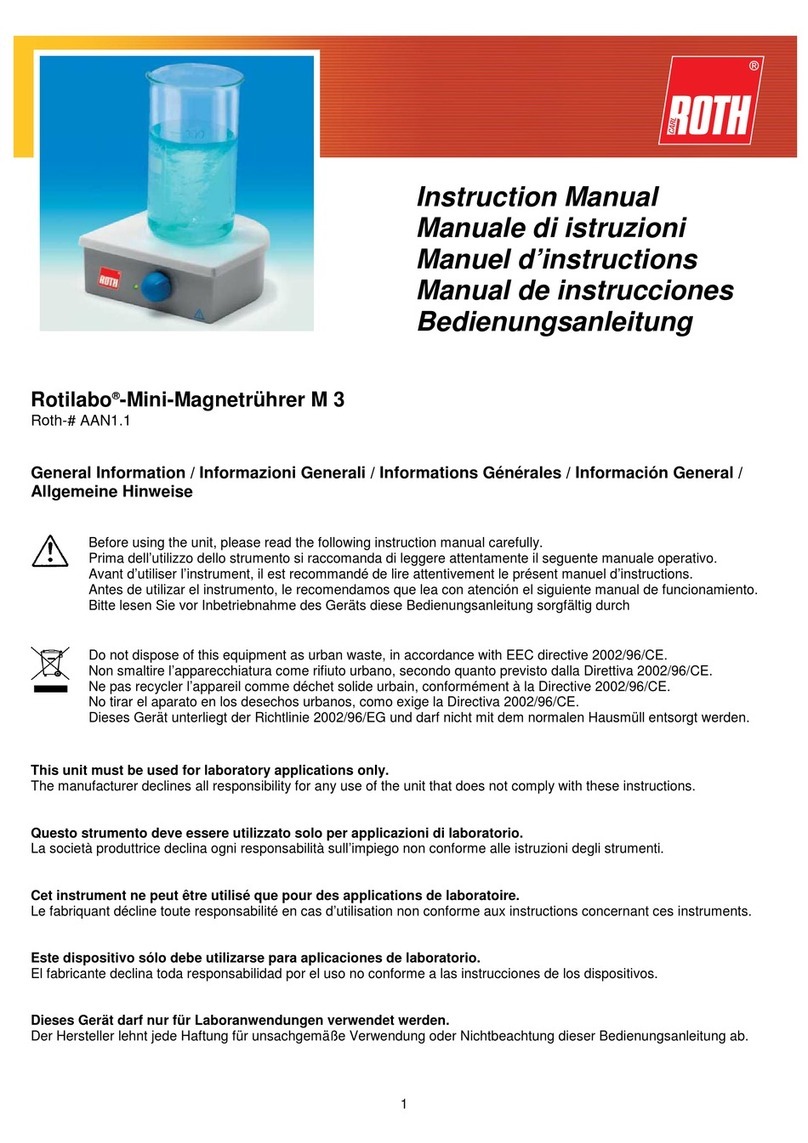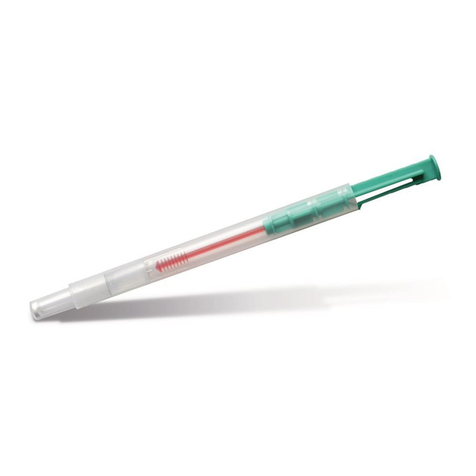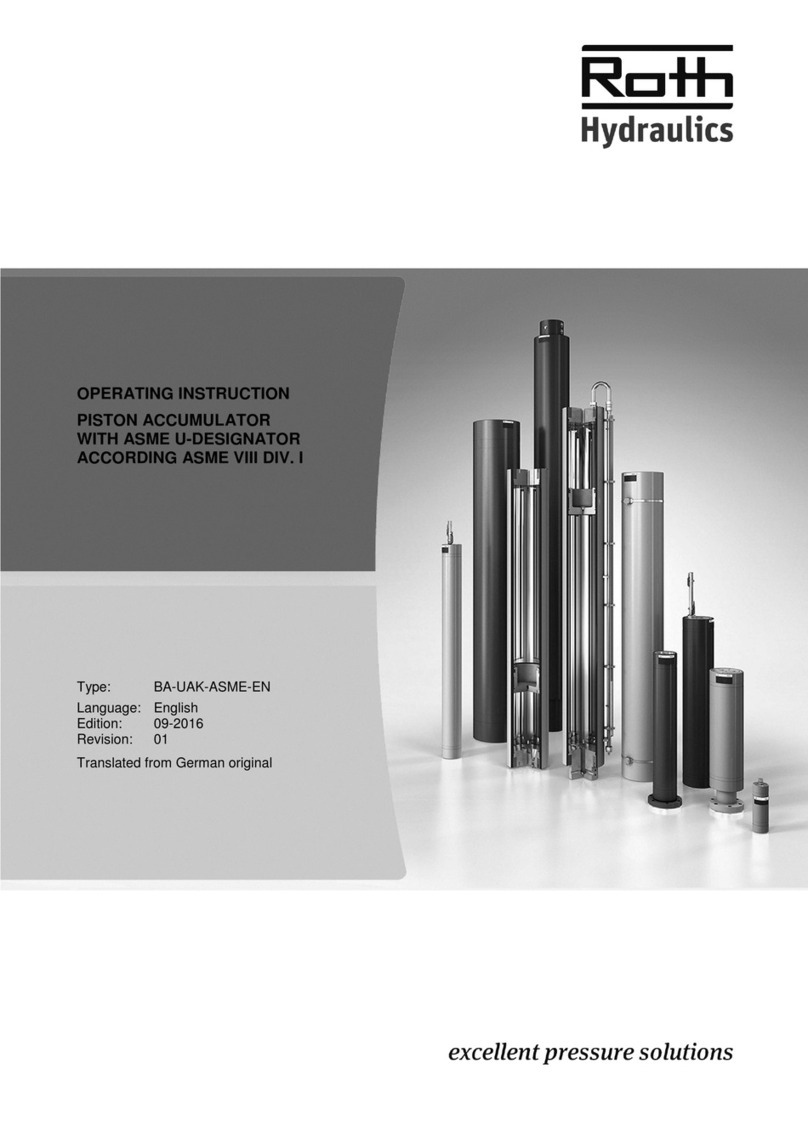
Operating instruction bladder accumulator BLAK - English
7
3.3 Safety systems
The safety systems may be included in the delivery (see delivery papers) or constitute part of
the customer installation.
They will always be required and should be tested for effectiveness prior to commissioning.
3.4 Safety precautions
Safety-related measures that should be observed include:
•Safety systems to limit the pressure
•Shut-off systems
•Using approved pressure gauges
•Correct connection of pressure gauges and shut-off devices
•Compliance with safety stipulations when handling inflation substances
•etc.
The operator shall instruct the operating and maintenance staff on the proper operation of the
pressure equipment and monitor compliance with the safety precautions.
The responsible specialist superiors must instruct the operating, servicing and maintenance staff
before starting in their jobs or prior to commissioning of the pressure equipment and thereafter at
appropriate intervals of at least once per year. All services, maintenance and instruction courses must
be recorded in a control book.
Qualified technician (definition based on EN 60204-1)
•A person who, based on specific training, knowledge and experience and knowledge of pertinent
standards, will be in a position to assess assigned work and recognise potential hazards.
3.5 Responsibilities of the operator
The national implementations of framework Directive 89/391/EEC as amended and the
associated individual directives, including specifically Directive 2009/104/EC as amended, on
the minimum requirements for safety and health of employees working with work materials
must be observed and complied within the EEA (European Economic Area).
The BetrSichV
[Operational Safety Ordinance]
transposes Directives 89/391/EEC, 2009/104/EC
and other Directives on occupational safety at systems requiring supervision into German
law. The BetrSichV, and especially Section 3, deals with the “Special requirements for
systems requiring supervision” governing this pressure equipment. The operator is urged to
familiarise itself with this section, since basic requirements are described here which the
operator will be obligated to comply with!
The TRBS
[Technical rules for operational safety]
, especially TRBS 3146, TRBS 2141 Parts 1-3,
TRBS 1111, TRBS 1122 and TRBS 1201 Part 2 are other important guidelines that apply
here. We recommend testing the surfaces for cracks near the thread and its transition in the
course of internal routine testing in accordance with §16 and Annex 2, Section 4, Nos. 6.10
and 6.17. This is carried out ideally be performed by the manufacturer or by a “qualified
person” designated by the manufacturer. Please refer to Chapter 6.2 for more detail.
Also ensure that the pressure equipment is not operated outside of the permissible range of
operating pressures (see nameplate operating data). It is not permissible to operate the
pressure equipment at pressures exceeding this.
































